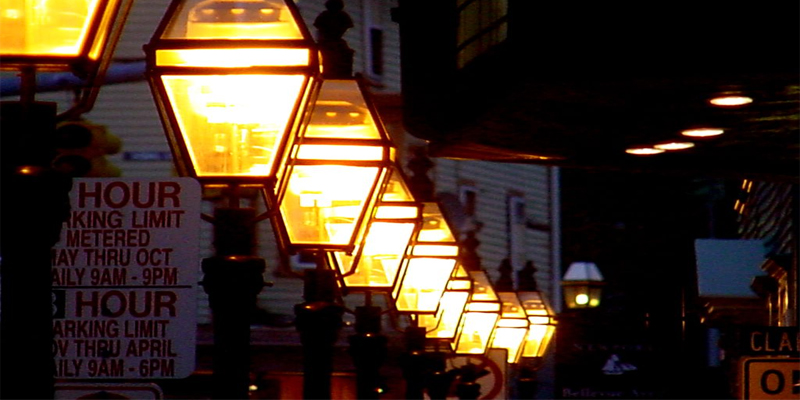March 31, 1880 was a dreary night in Wabash, Indiana. Rain poured on the dark city streets in the middle of town. The sixty-five gas lights that usually illuminated the town were nowhere to be found.
Instead, four brand new arc lamps were hung on poles near the courthouse. As soon as the courthouse stuck eight o’clock, Charles Brush switched on the lamps and the city was covered in a dazzling glow the likes of which had never been seen.
Brush had an amazing idea that brought electric light to this sleepy little town.
What happens when a cartoon character comes up with an amazing idea? A little light bulb pops up over his or her head.
Light bulbs are associated with good ideas. They indicate brilliant brainstorms and inspired inklings.
But oddly enough, early versions of electric light weren’t so highly regarded.
People did not know how to react to this new form of light. Picture a teenager who has slept in and is going to be late for school. His mother pulls back the curtains and lights up the room. The teenager fears the light.
Brush’s invention was greeted with apprehension. Women used umbrellas to shield themselves from the “rays of this mysterious sun.”
Upon Brush’s arc lamps in France, author Robert Louis Stevenson wrote:
A new sort of urban star now shines out nightly, horrible, unearthly, obnoxious to the human eye; a lamp for a nightmare! Such a light as this should shine only on murders and public crime, or along the corridors of lunatic asylums, a horror to heighten horror. To look at it only once is to fall in love with gas.”
Stevenson and others were frightened by the switch from gas to electric light. To someone in 2015, this idea sounds crazy.
Brush’s invention created a light source rivaled only by the sun. But it also created change. Major change. And like any change, it took some time for people to open up to it.
If electric light took time to gain widespread appeal, we shouldn’t feel bad when our ideas are slow to catch on.
Photo credit: Wikipedia



